The very first birding lodge we ever visited in Ecuador recently made the news in Quito. The Ministry of Environment recognized Richard Parsons and his beloved Bellavista Cloud Forest Reserve and Lodge as being the very first private project to protect endangered lands in the entire country. Today, Bellavista is still one of the best places to experience the mysterious cloud forests of the Choco-Andino Biosphere.
History of the Bellavista Cloud Forest Reserve
Owner and British expat, Richard Parsons, and his Colombian wife, Gloria, had a vision to protect a small corner of the Choco-Andino Biosphere from farming and development. In 1991, they made their first purchase and have since added many hectares to the decades-long project. Today, the Bellavista Cloud Forest Reserve includes 2,000 acres of protected lands along the west slope of the Andes in the Tandayapa Valley.
In 1995, his dream took wing with the opening of the lodge, helping to create an economic system that not only supports the land but provides income for several Ecuadorians working to maintain the property.
Visiting the Bellavista Cloud Forest Reserve
The reserve is a magnet for birdwatchers looking to tick off endemic species, adventurous hikers wanting a wide variety of cloud forest trails, and scientists hoping to discover yet-to-be identified critters. It was only in 2013 that a previously misidentified animal was found to be a new species, the Olinguito!
On our first visit back in 2013, we were amazed at the green and lush vegetation that literally dripped with moisture. After the noise and traffic of Quito, the quiet beauty of the Bellavista Reserve was a welcome respite.
A Look Back to Our First Trip
Leaving the city, we drove past crowded city streets and watched the buildings shrink in size, the road narrow in width, and the tall cement walls give way to low fences. The first stretch of land outside the city is dry and dusty, the home of industrial parks and brick-making facilities. It is almost unbelievable that just on the other side of this mountain desert we would find a rain forest. But find it we did!
After an hour and a half or so of driving, we left the main highway and headed straight up the mountain on a dirt road, bouncing along as our driver occasionally pointed out a bird in the brush or a view that we shouldn’t miss. Our adventure was beginning before we had even left the van.
Hummingbirds of the Bellavista Lodge
The Bellavista Lodge is tucked into a curve along the road. But since this road is rarely traveled by folks other than birdwatchers, cars rarely drove by. And even when they did, the wildlife on the other side of the gate didn’t care a whit.
Once we walked onto the lodge grounds, the first thing we noticed were the hummingbirds. They were flitting and flying everywhere!
Several sugar-feeders in the naturally landscaped gardens attract hordes of hummers. At first, it was impossible to focus on any of them. They were so fast and exchanged places so quickly that my eyes failed to focus. I, too, was caught up in the rush for sugar, my eyes darting back and forth almost as fast as a hummingbird could fly.
After a few moments, I adjusted to the rhythm of the feeders and noticed that some birds would wait nearby for a turn, sitting patiently on an empty branch or perched on a nearby leaf.
isibleibA Wide Variety of Hummingbirds
Some hummingbirds owned the feeders. They sat for an extended amount of time and guarded their favorite spots. Others waited for a moment of calm, slipping in quickly for a few sips, then hurrying away. The stunning Violet-tailed Slyph was like that, visiting rarely and then always to a feeder low to the ground.
Then there are the loud and buzzy hummingbirds, the ones that sound more like bumblebees than birds. Called Woodstars, these hummers were easy targets for more aggressive birds like the Sparkling Violetears and the Collared Incas.
Sometimes we were the easy targets, those sharp beaks and batting wings coming so close to our heads that we would duck swerve to avoid a collision.
Other Bellavista Birds
But it wasn’t just hummingbirds that came to the feeders. The area around the Bellavista Lodge is a reserve for a reason; this is a bird watcher’s paradise. We saw the brilliant blue Masked Flowerpiercer take advantage of the readily accessible sugar water. At times, the Blue Winged Mountain Tanagers would take over. Once I saw as many as five hanging out by a feeder hidden in the far back by the kitchens.
In the brush around the feeders, shyer birds hopped around. On the paths, you could see thrushes, both the common Great and his Glossy-black cousin. The White-sided Flowerpiercer stabbed away at the base of Chinese Lantern flowers. And a large, strangely quiet bird, the Strong-billed Woodcreeper hunted bugs with a stealth that belied its name.
Of course, we didn’t see all of these birds at once. However, we did see them all on the grounds immediately near the lodge itself. It would be completely possible to never hike a trail at the Bellavista Reserve yet still mark off a huge number of birds from your life list.
As you can tell, our first visit to the Bellavista Cloud Forest Reserve left quite an impression. A single article doesn’t do it justice. Check out some of our older articles from 2013:
Bellavista Cloud Forest Reserve
Information For Your Trip
You are most likely arriving to hike the trails and see some birds so come prepared for rain and muddy conditions; the lodge does have some rain boots available for use. The lodge has large bottles of water available so that you can refill your personal water bottles. Most overnight trips to the lodge include meals but if you come to hike the trails for the day, bring your own food unless you make reservations for lunch.
- Direction by Car, use WAZE and look for Bellavista Cloud Forest Lodge, Tandayapa, Ecuador
- Direction by Public Transportation: Although it is possible to get a bus from Quito to Nanegalito and then request a taxi the rest of the way, consider calling the lodge and arranging for transportation with your stay.

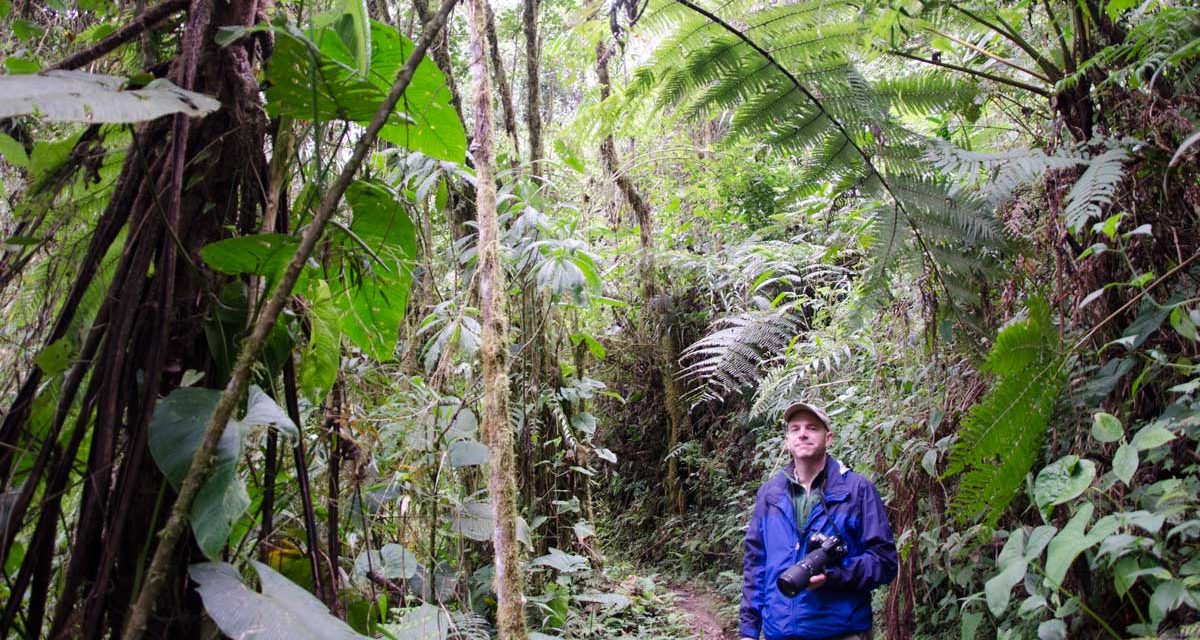
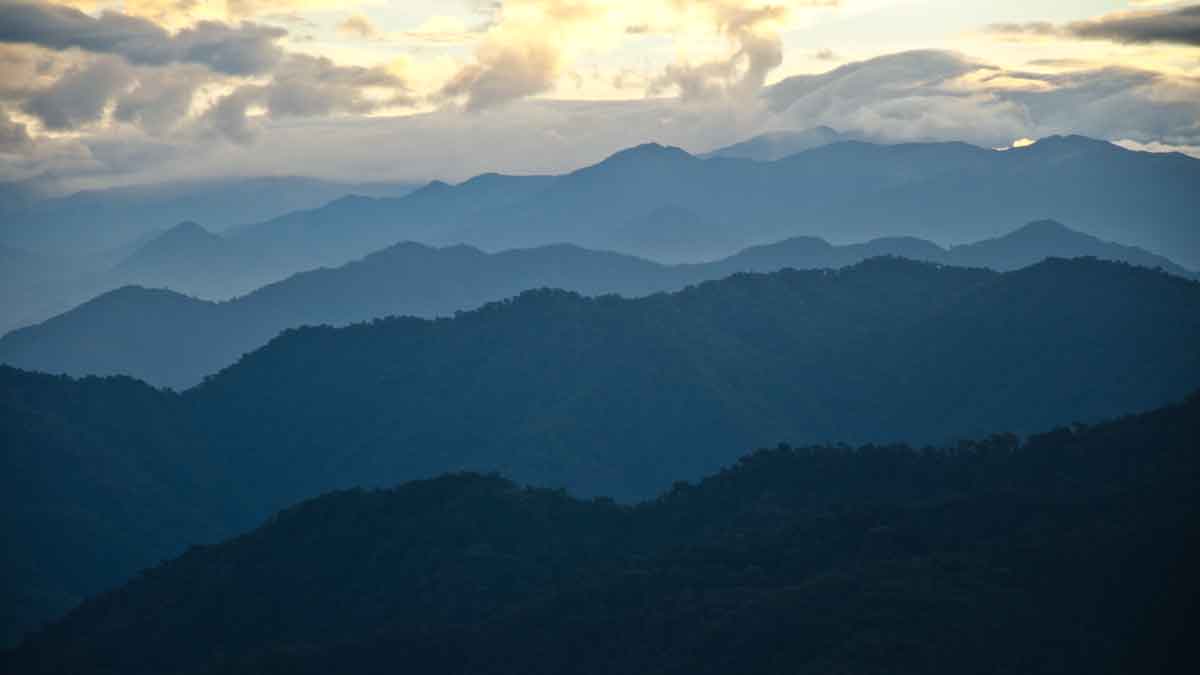
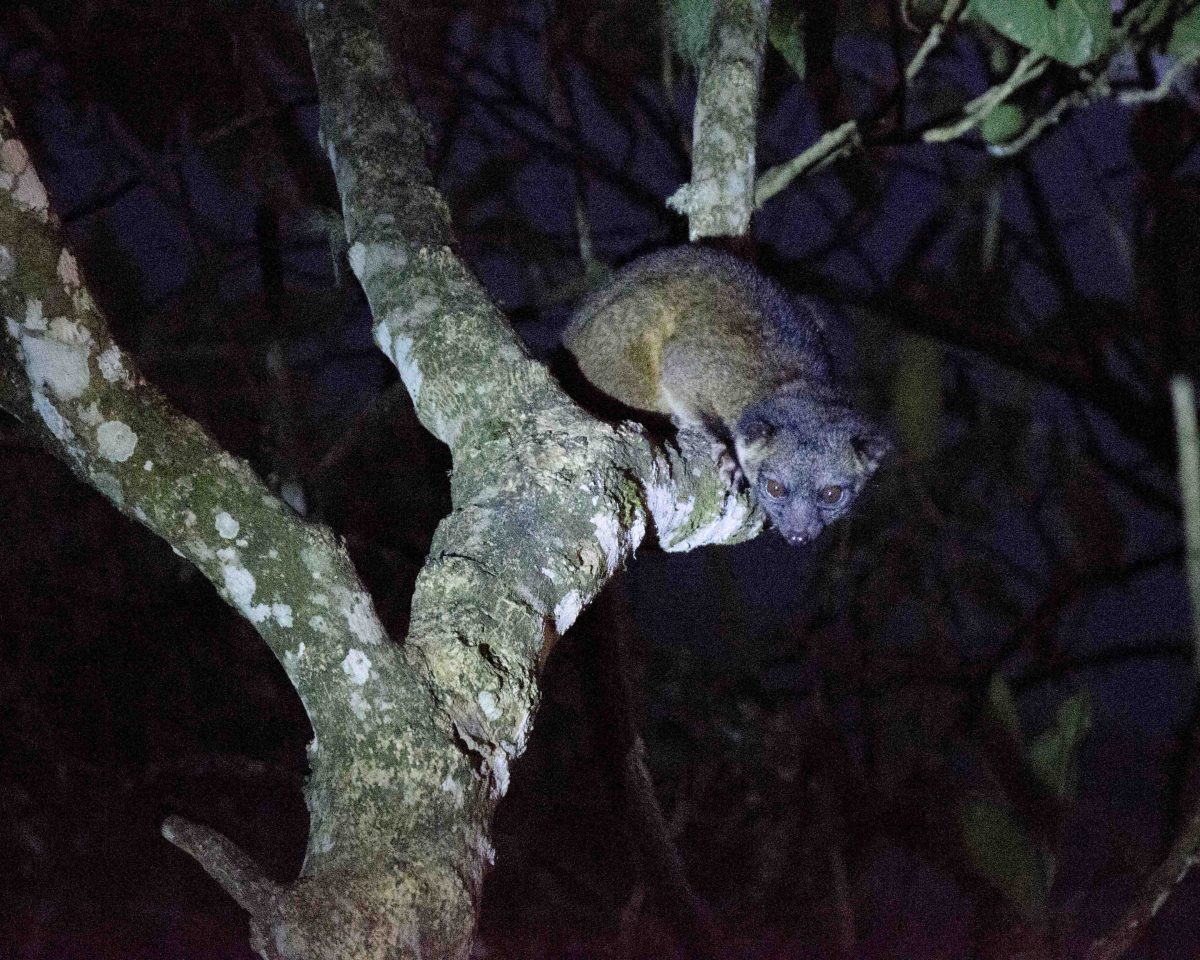
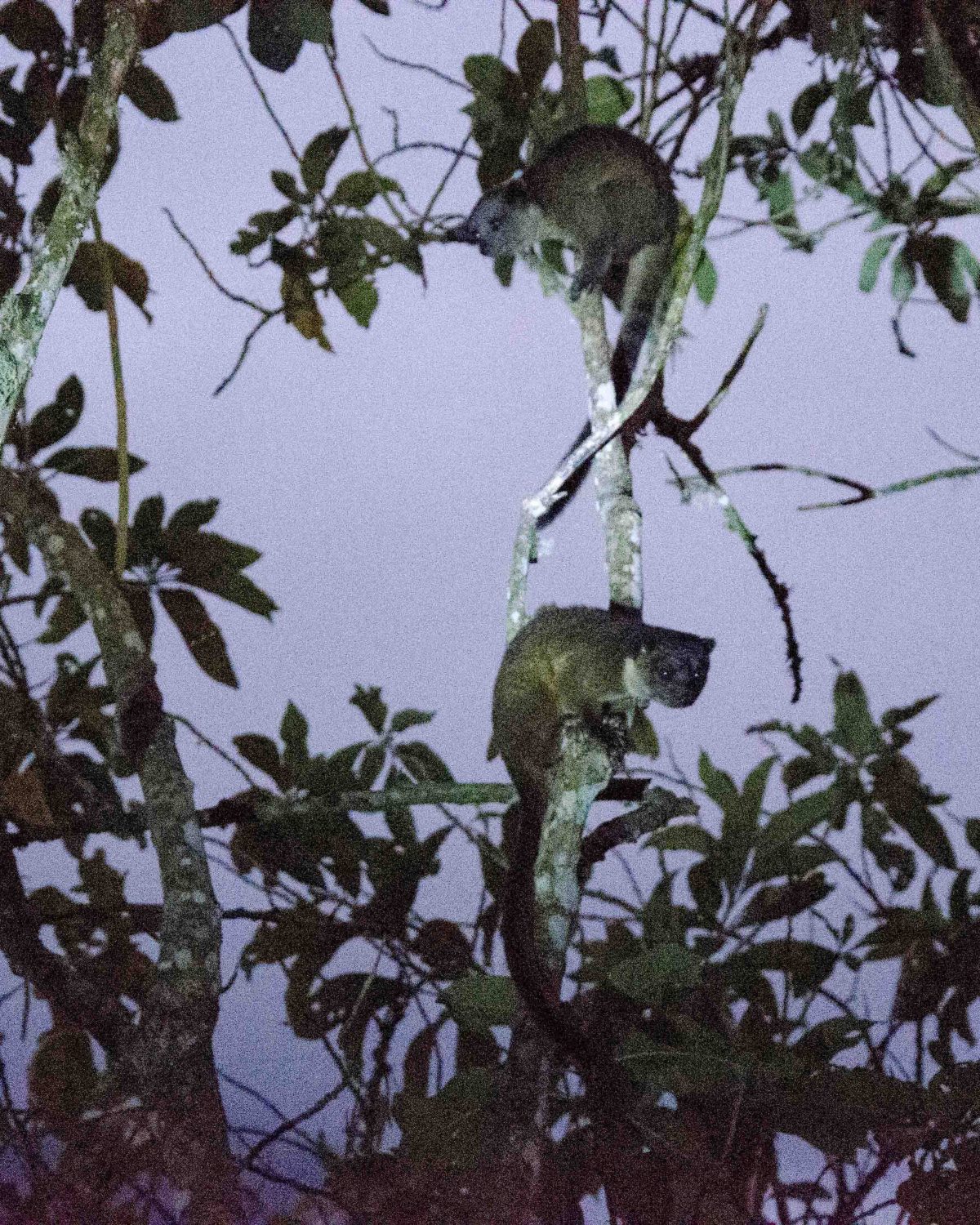

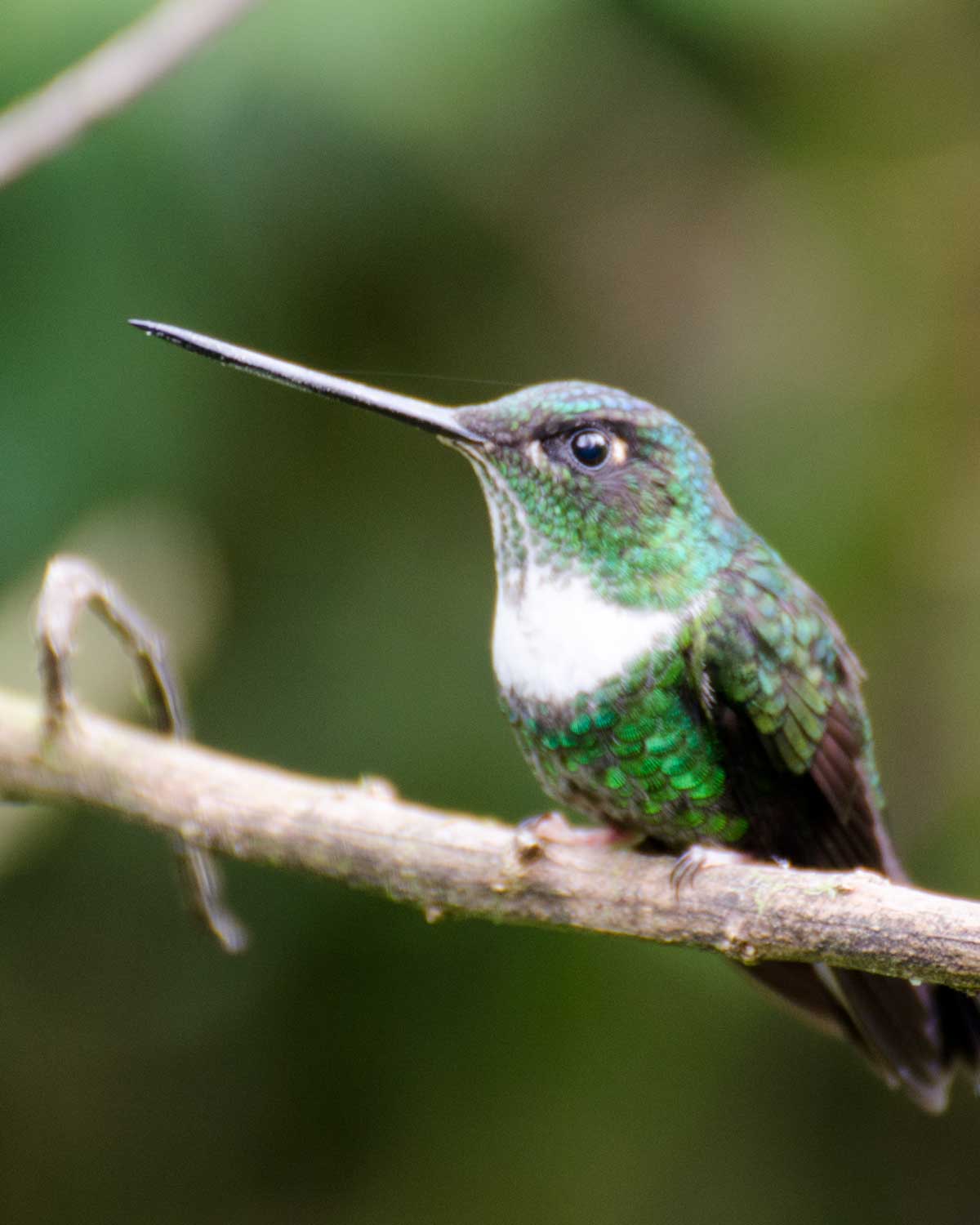
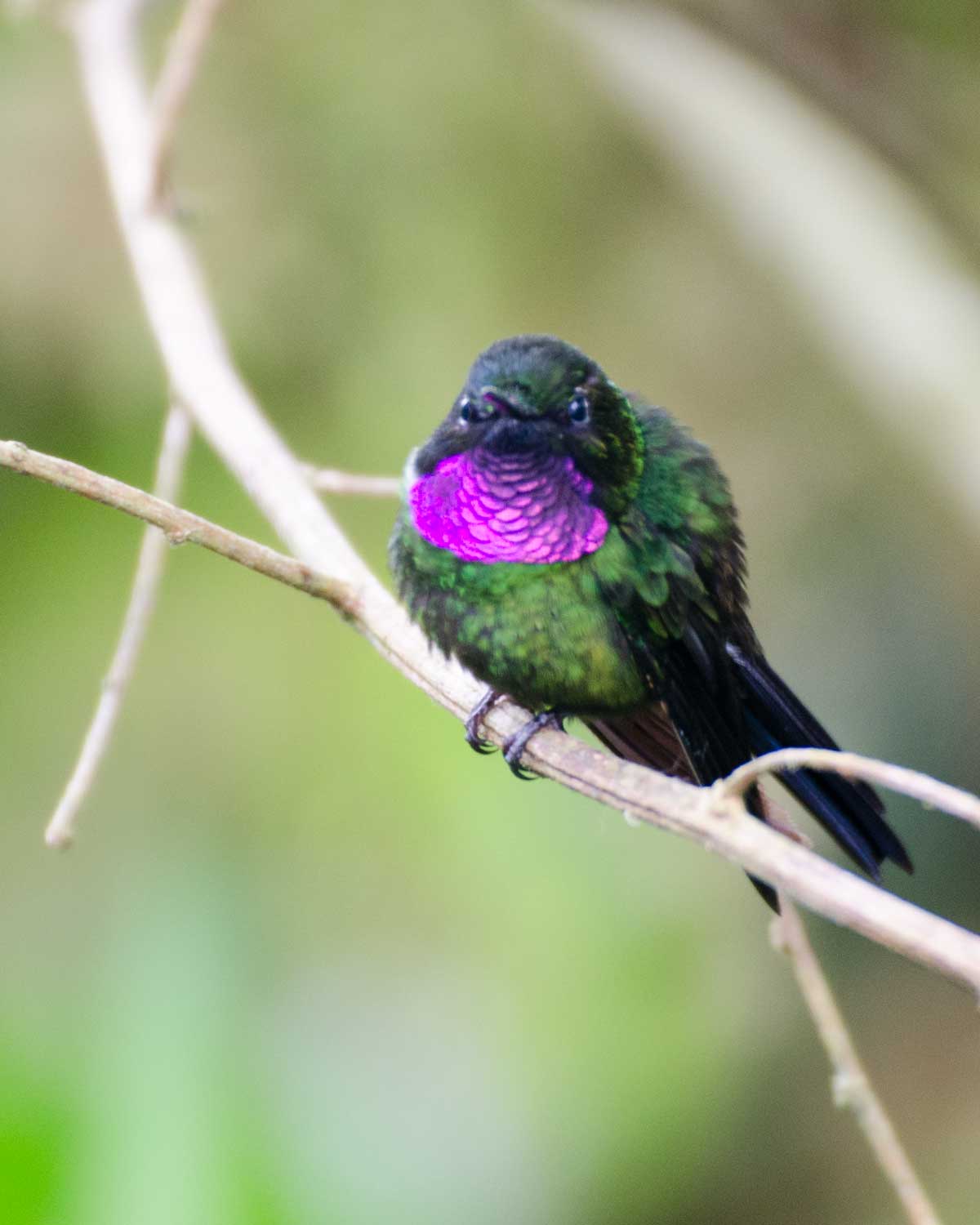
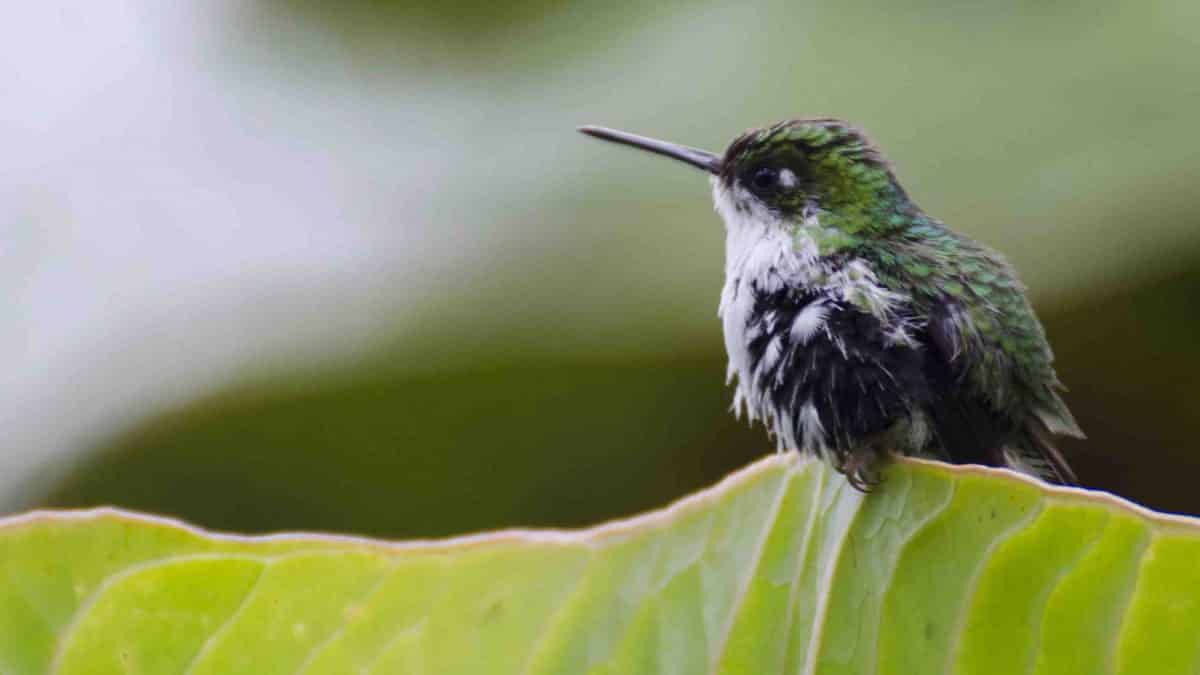
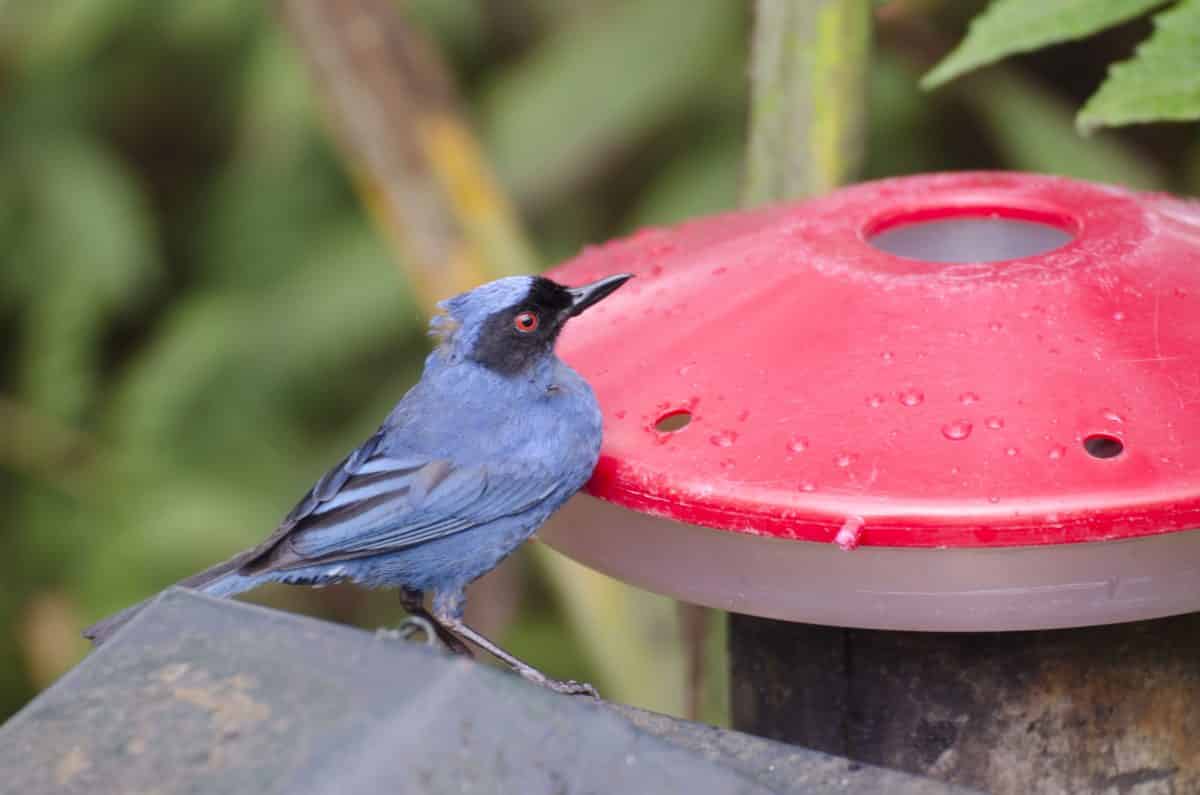


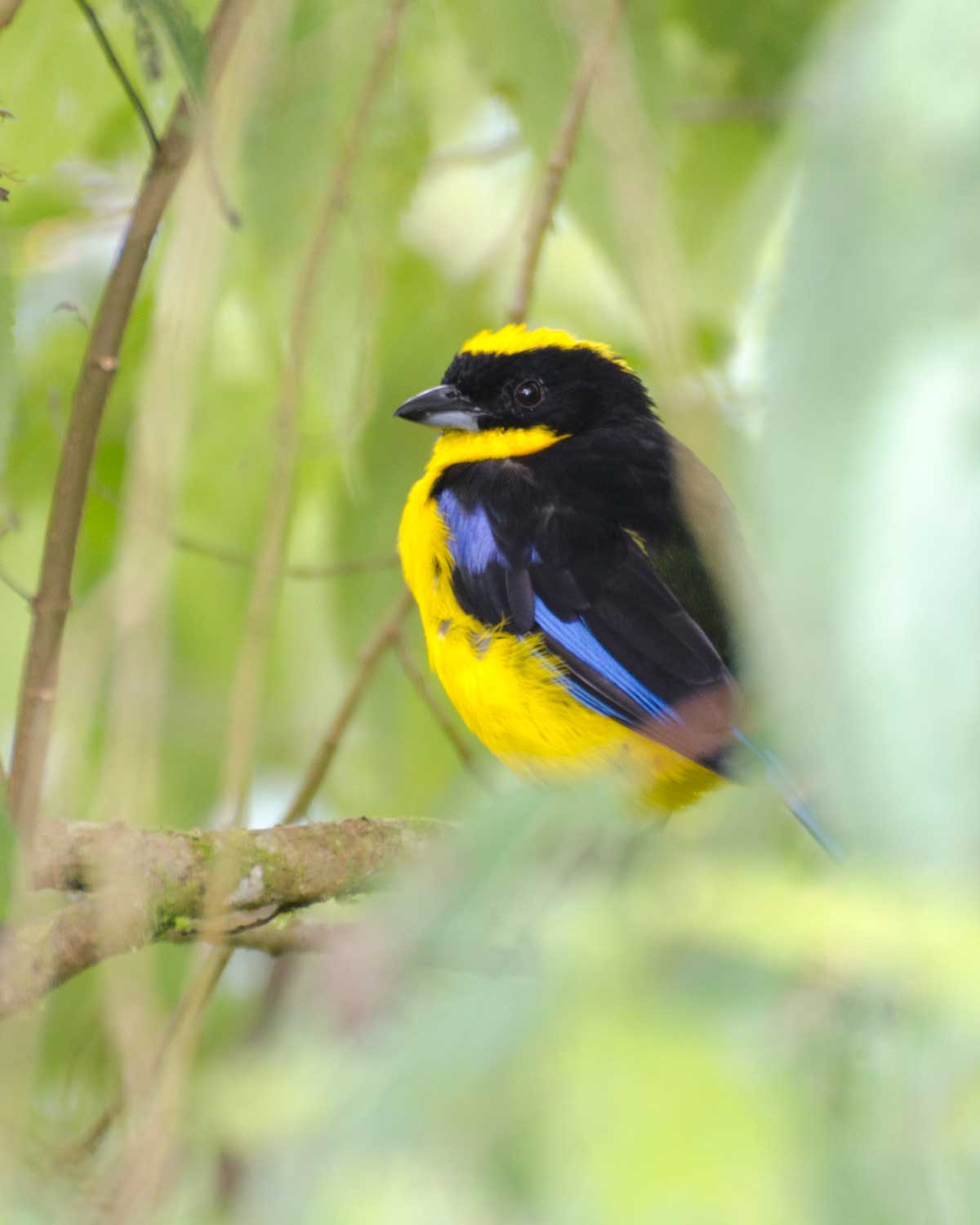
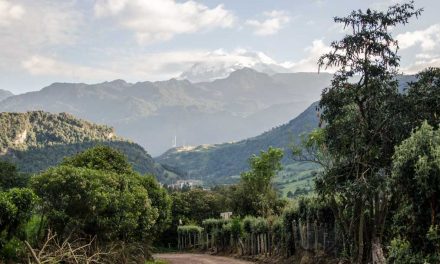


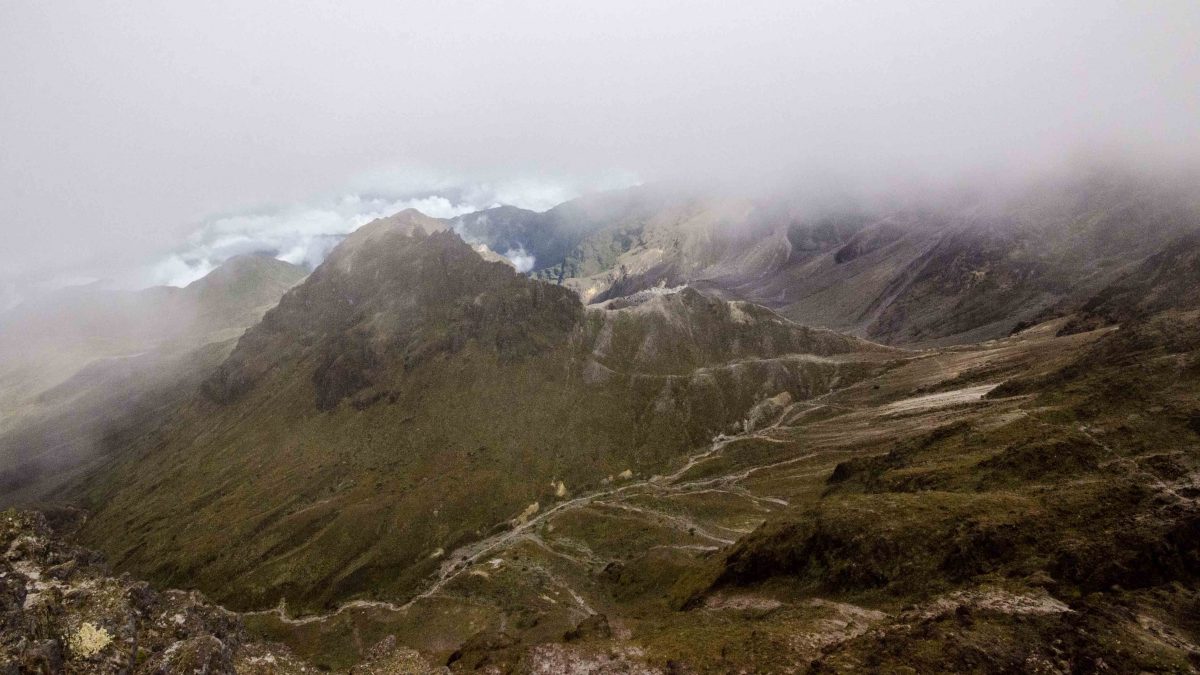
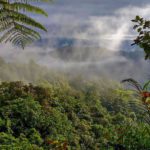
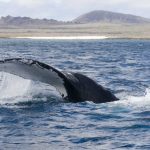
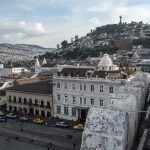
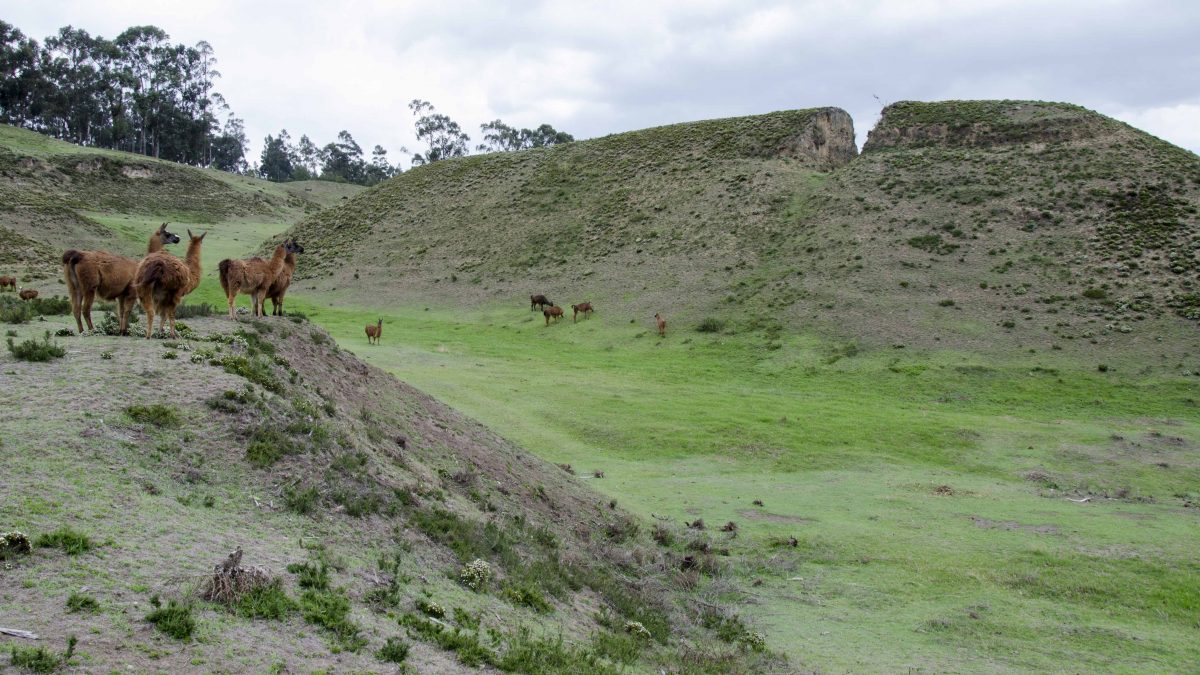
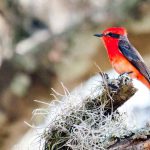

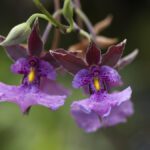

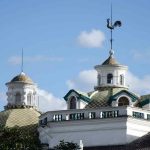
Great article and pictures Angie. Is Bella Vista Cloud Forest Reserve and the trip there at a similar altitude and temperature to Quito?
It’s a similar altitude – about 500 meters lower but the climate is very different. There is rain practically every afternoon, even in the dry season, in the Cloud Forest. That isn’t the case in Quito. And the temperatures are a little cooler in the forest as well… we actually wish we would have brought one additional layer for late afternoon and evening. Next time!
That’s interesting to know, thanks.
Great photos Angie! I love all the birds.
Love Mum
Sent from my iPad
Glad you like them! Promise to have more pictures soon!